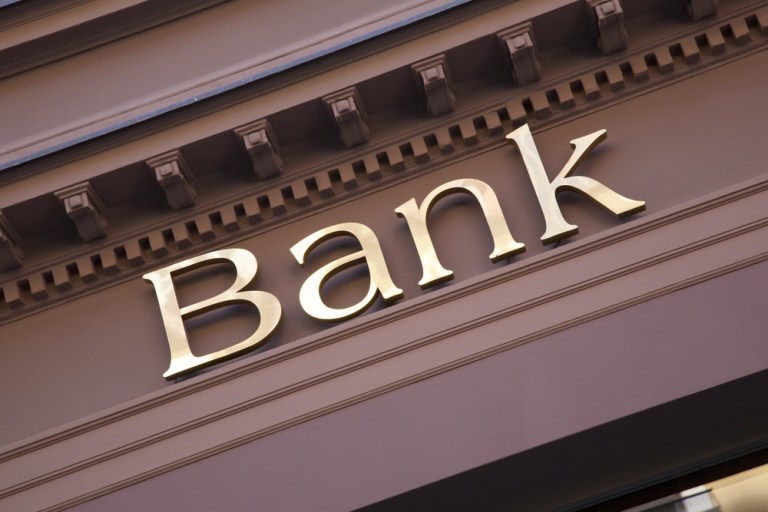
U.S. households that include not one person with a checking or savings account, otherwise known as the unbanked, declined to a record low of 7 percent in 2015.
That’s according to the Federal Deposit Insurance Corp., which, according to a report, said the percentage of U.S. households that are unbanked declined by 0.7 percentage points compared to 2013 levels, meaning around 9 million households in the U.S. don’t have a checking or savings account. What’s more, the report found 19.9 percent of households in the U.S. are underbanked, which means they use financial services outside of banks, including money orders, payday loans, checking cashing or pawn shops. The underbanked stayed the same compared to 2013 levels.
The FDIC said one of the reasons for the decline in the unbanked is due to economic conditions that have been improving. Low-income households, the less educated, disabled, the young, African Americans and Hispanics are more likely to be underbanked or unbanked, the FDIC said.
According to the report, while there are multiple reasons to be unbanked, the FDIC said the main reason people cited was that they didn’t have enough money to keep in a banking account. That was the reason for 57 percent of unbanked households that were polled by the FDIC. Privacy and security were also cited as reasons for people to not have banking accounts, as were fees. Some of the comments survey respondents made include “don’t trust banks” and “avoiding a bank gives me more privacy.” Other survey respondents blamed fees that were too high, while more than half said banks are not interested in serving them.